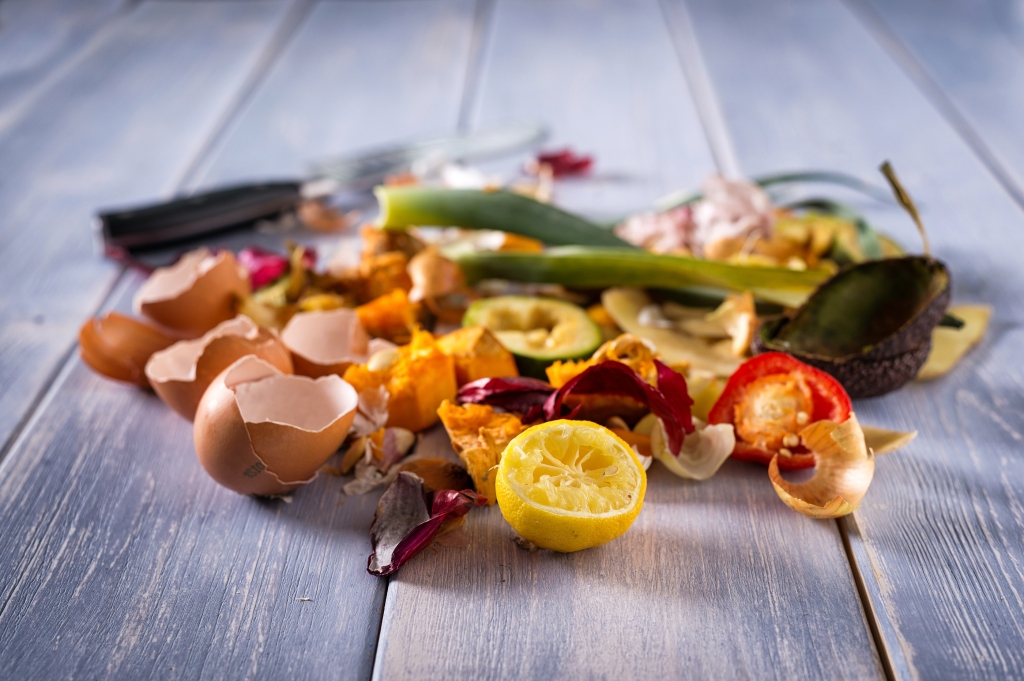Incorporating Kitchen Scraps into Your Humanure Compost Pile
Composting is a fantastic way to reduce waste and create nutrient-rich soil for your garden. And what better way to enhance your compost pile than by adding kitchen scraps? Not only does this practice help divert food waste from landfills, but it also adds valuable organic matter to the mix. In this article, we will explore eight essential kitchen scraps that can be incorporated into your humanure compost pile.
1. Fruit and Vegetable Peelings:
Peelings from fruits and vegetables are excellent additions to your compost pile. These scraps break down quickly and provide a rich source of nitrogen, potassium, and phosphorus. Just make sure to chop them into smaller pieces before adding them to speed up decomposition.
2. Coffee Grounds:
Coffee grounds are highly acidic when fresh but become neutral as they decompose, making them ideal for balancing the pH levels in your humanure compost pile. The high nitrogen content in coffee grounds also helps accelerate decomposition while providing an energy boost for beneficial microorganisms.
3. Eggshells:
Eggshells not only add calcium to the soil but also deter pests like slugs and snails due to their sharp edges. Crushed eggshells break down slowly in the compost pile, so it’s best to grind them into fine powder or soak them in water overnight before adding them.
4. Tea Bags:
Used tea bags are another great addition because they contain tannins, which promote healthy plant growth by improving nutrient absorption. Tear open the tea bags before tossing them onto the compost pile so that they decompose faster.
5. Nut Shells:
Nut shells like those from walnuts, almonds, or pecans can be added sparingly since they take longer to break down fully compared to other kitchen scraps mentioned here. However, when crushed or ground finely beforehand, nut shells contribute carbon-rich material that aids in balancing the carbon-to-nitrogen ratio.
6. Stale Bread and Grains:
Stale bread, cooked rice, or leftover grains can be added to your compost pile as a source of carbon. However, it’s essential to break them into smaller pieces to speed up decomposition and prevent attracting pests. Avoid adding moldy bread or grains, as they may introduce harmful fungi to the compost.
7. Vegetable Scraps:
Leftover vegetable parts that are typically discarded, such as carrot tops, celery leaves, onion skins, and pepper cores, are valuable additions to your compost pile. They add both nutrients and texture while enhancing microbial activity in the soil.
8. Herb Trimmings:
When you prune herbs like parsley, basil, or cilantro from your garden or kitchen windowsill pots, don’t throw away those trimmings! Instead, chop them finely before adding them to your humanure compost pile for an extra dose of organic matter.
Remember a few crucial tips when incorporating kitchen scraps into your humanure compost pile:
– Avoid adding meat scraps or dairy products as they can attract pests.
– Balance green (nitrogen-rich) materials with brown (carbon-rich) materials for optimal decomposition.
– Chop larger kitchen scraps into smaller pieces for faster breakdown.
– Keep your compost moist but not waterlogged to create an ideal environment for microorganisms.
By incorporating these eight kitchen scraps into your humanure compost pile correctly while following best practices in composting management overall—such as turning the pile regularly—you’ll soon have nutrient-dense humus ready to nurture healthy plants in your garden!
Disclaimer: Humanure composting involves using human waste safely; therefore consult local regulations and guidelines before starting this practice.


Leave a comment